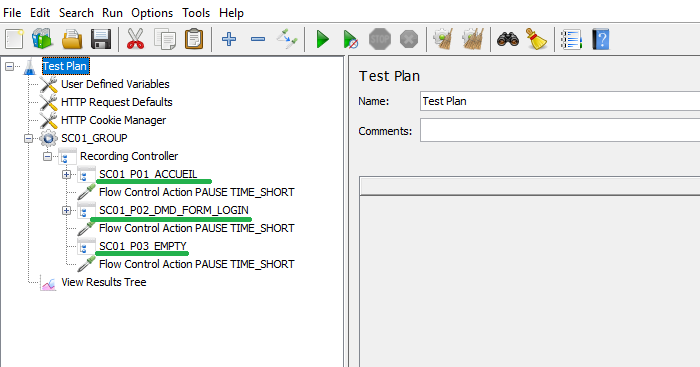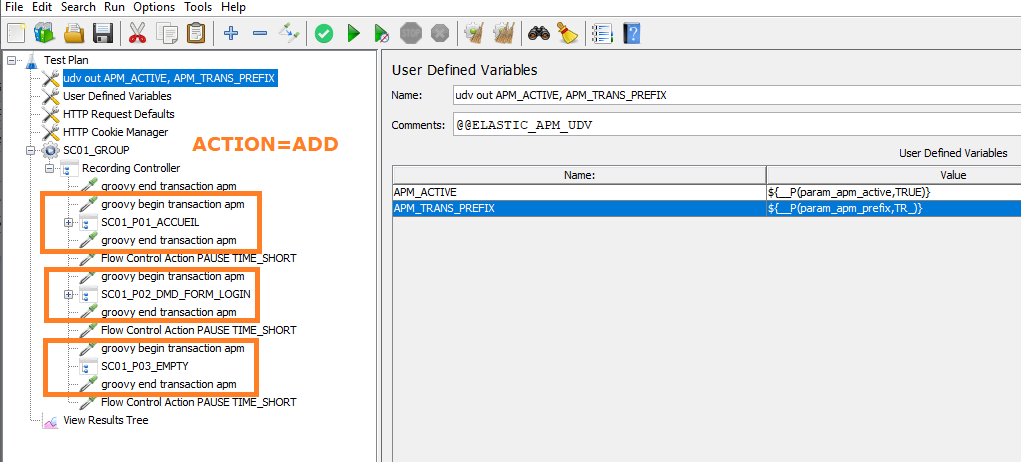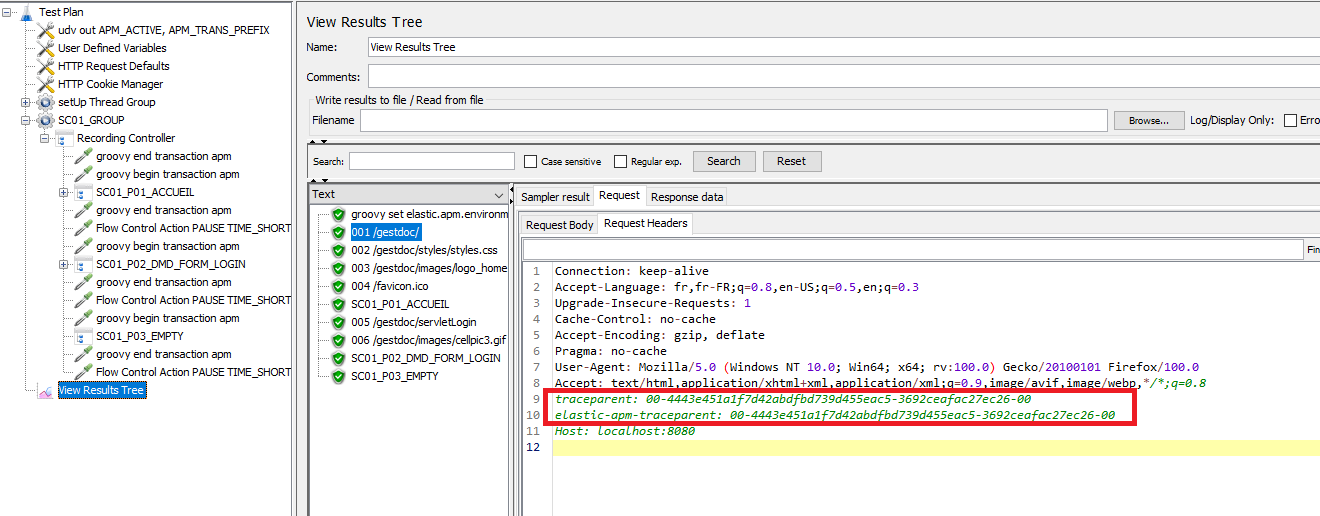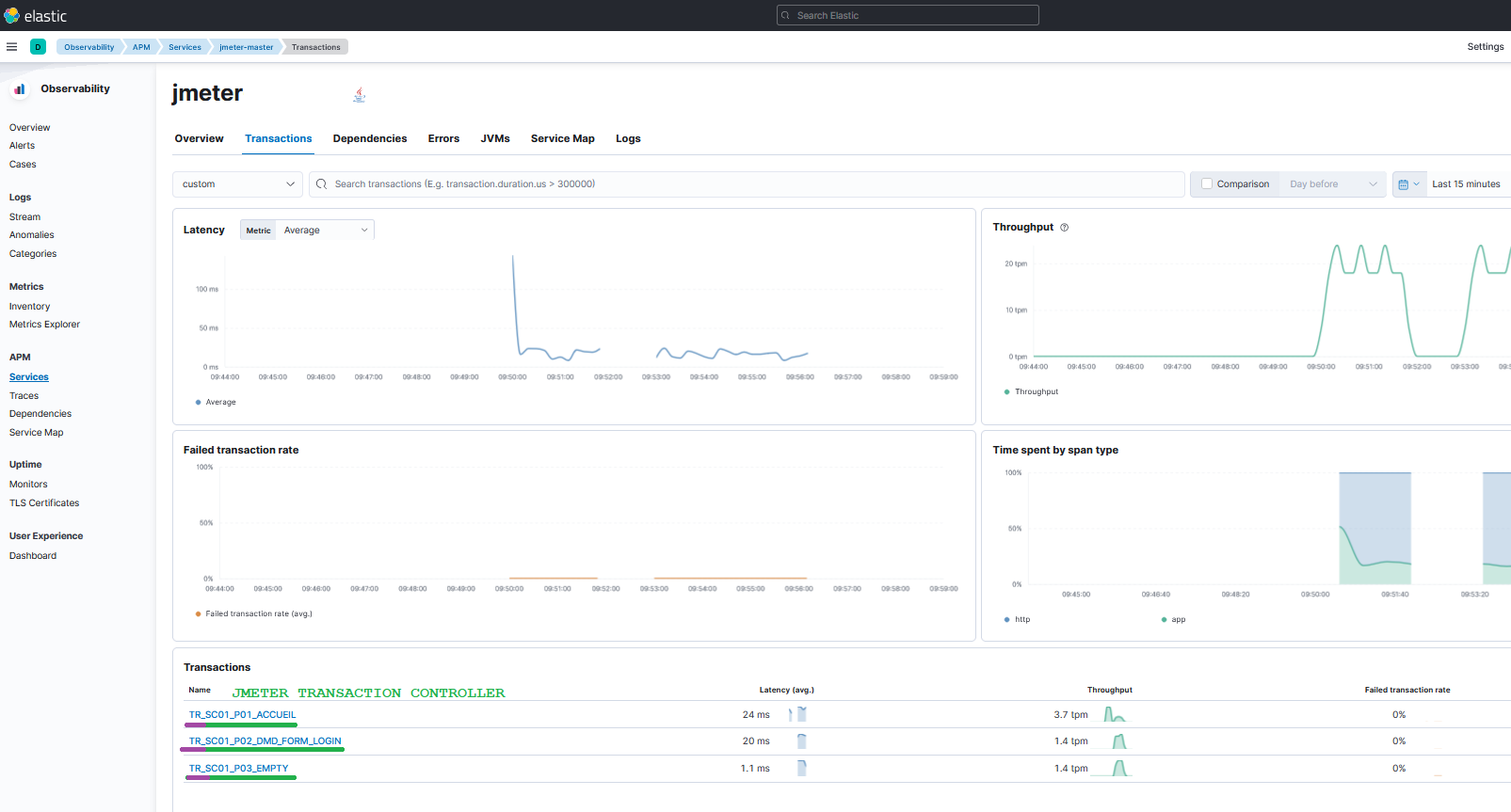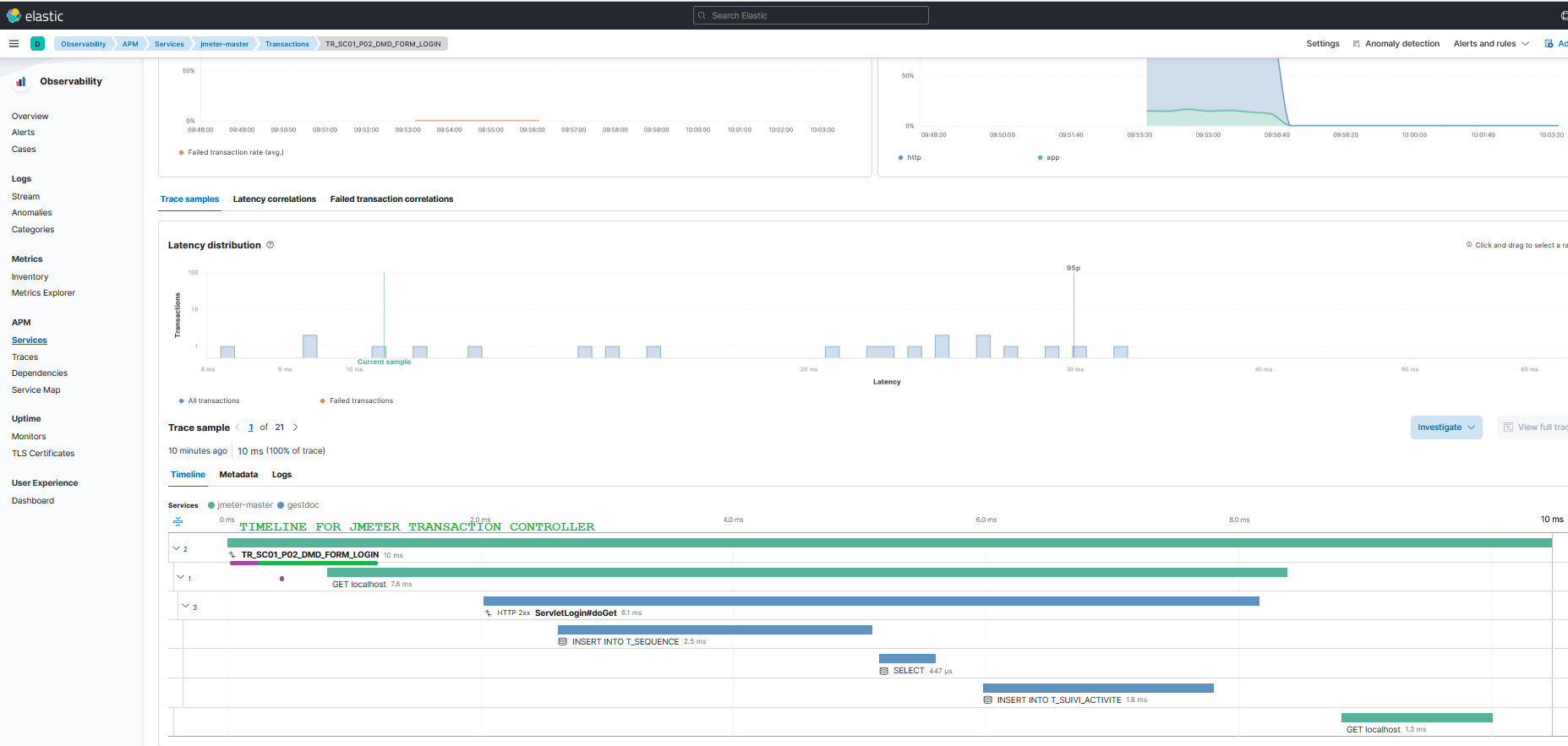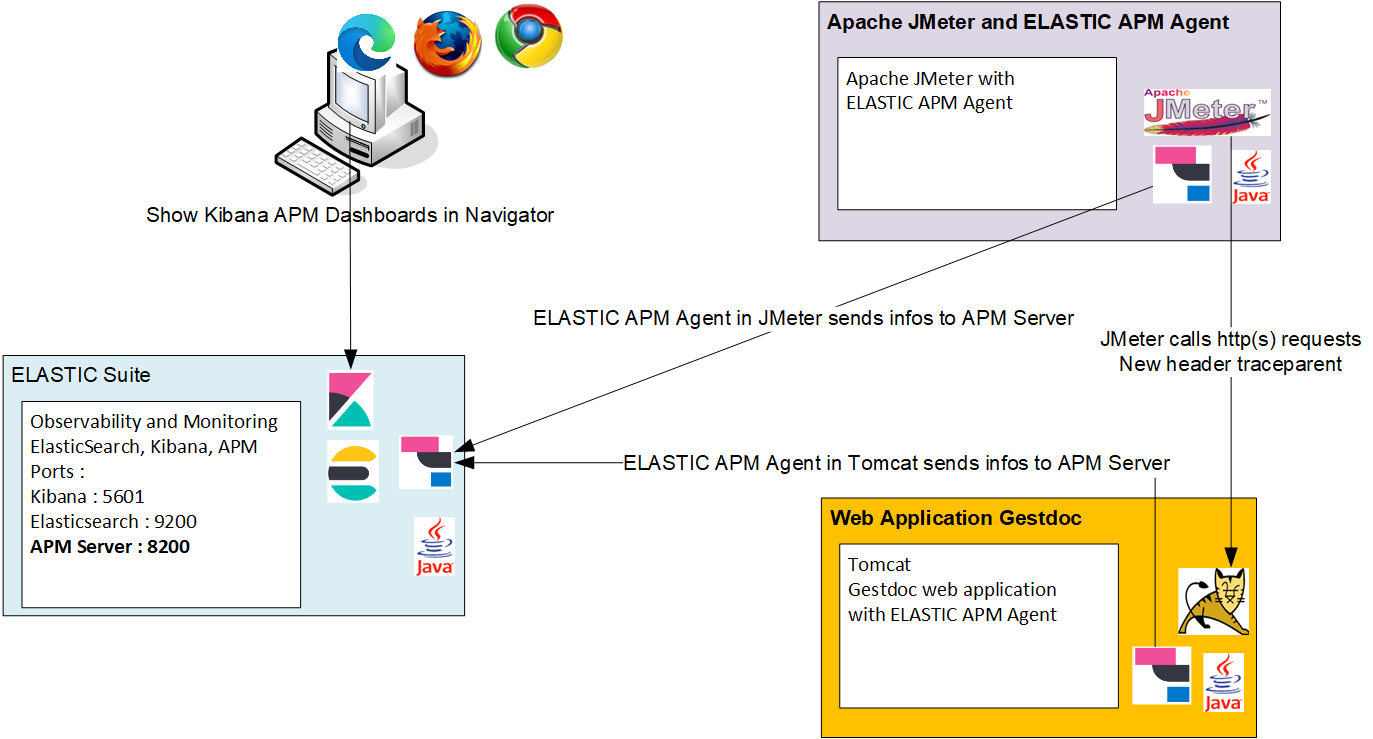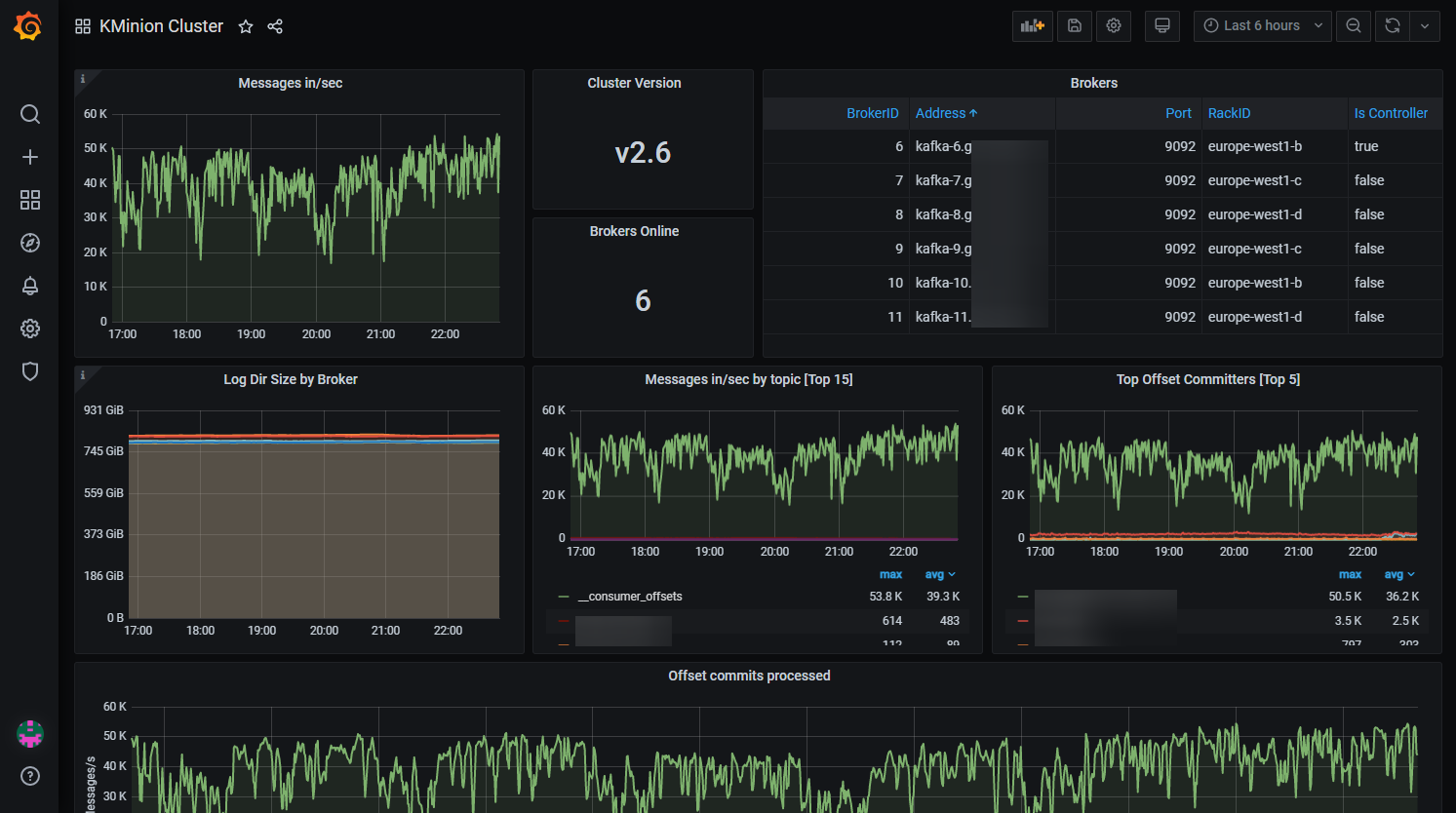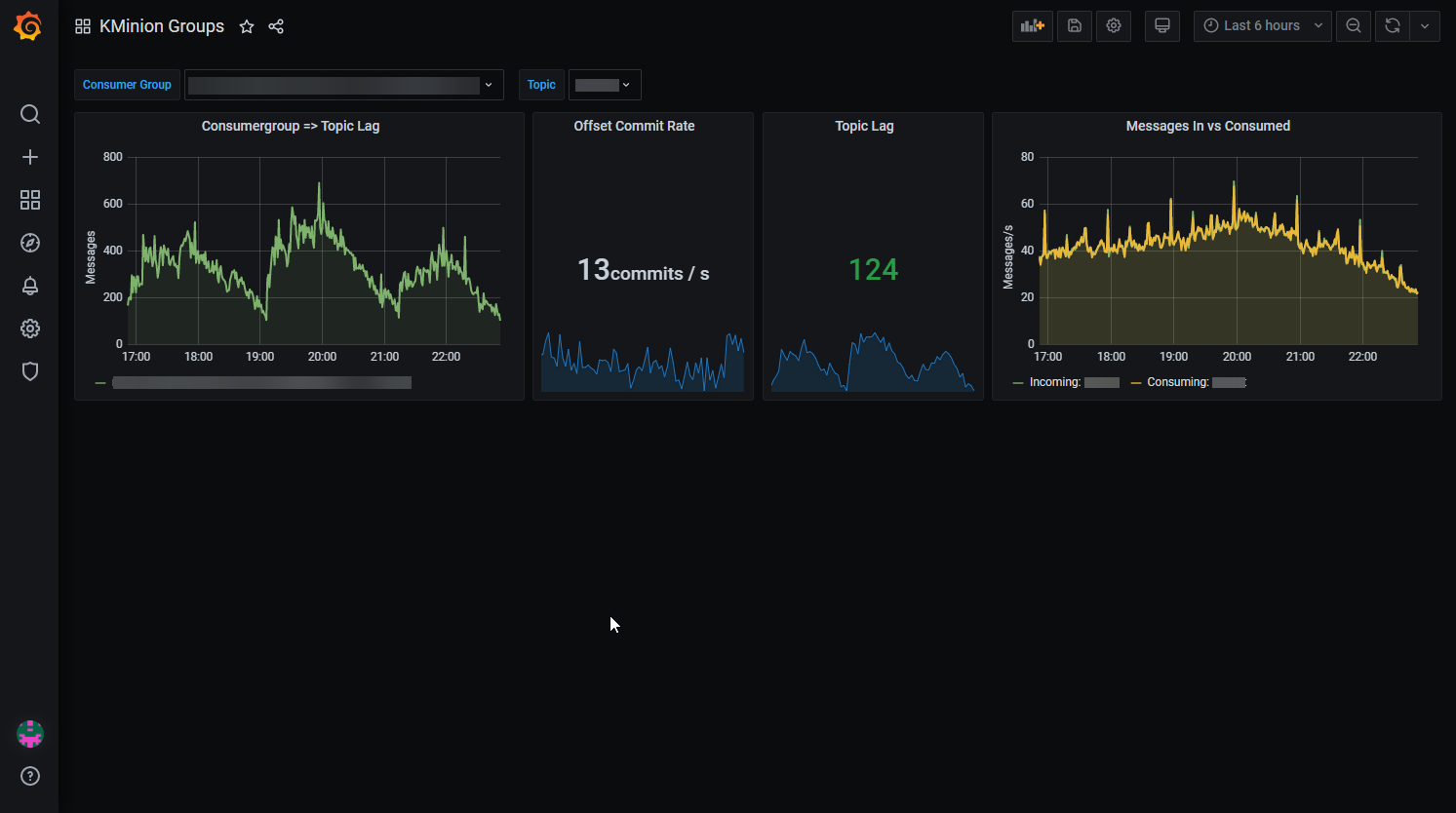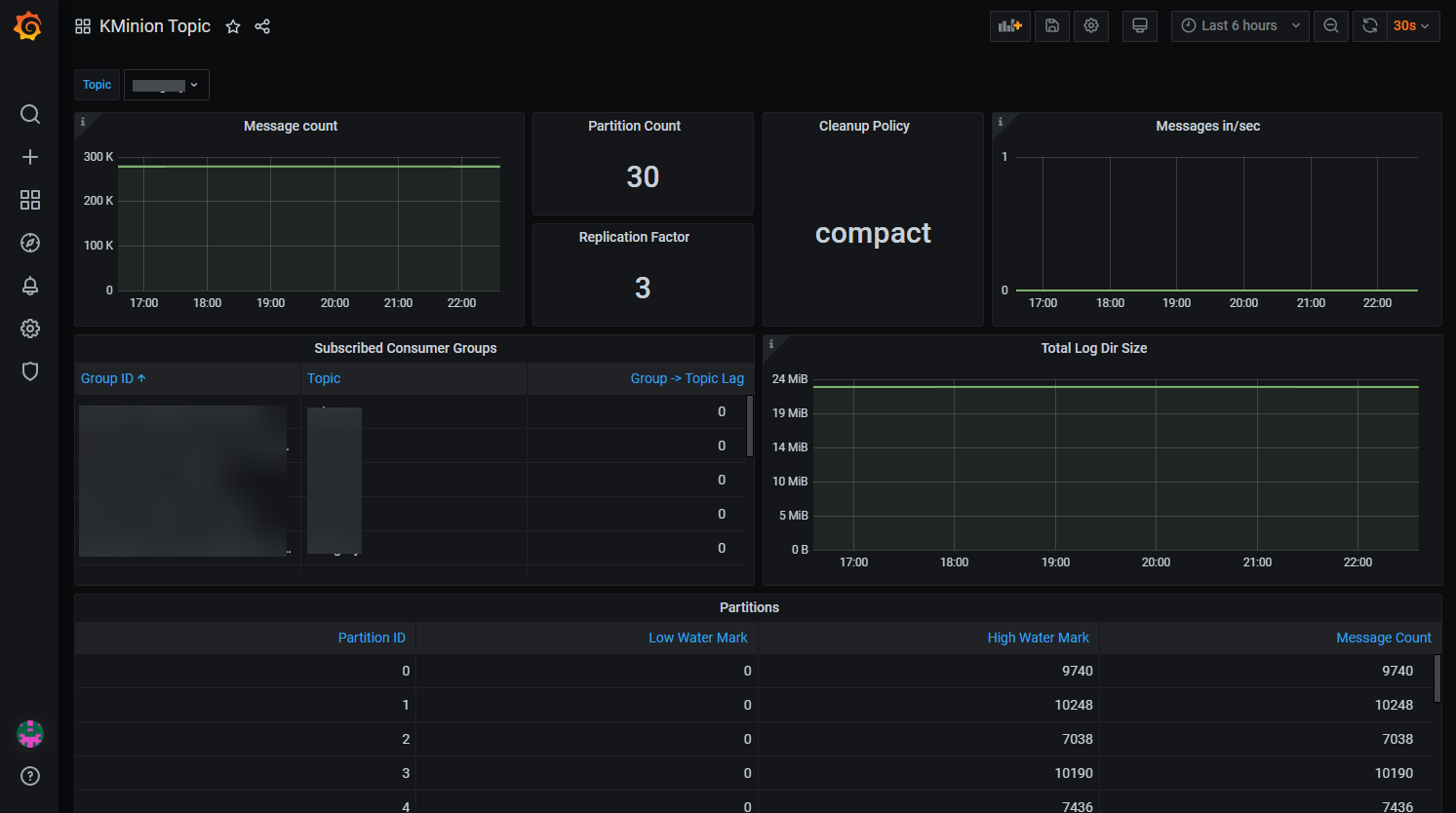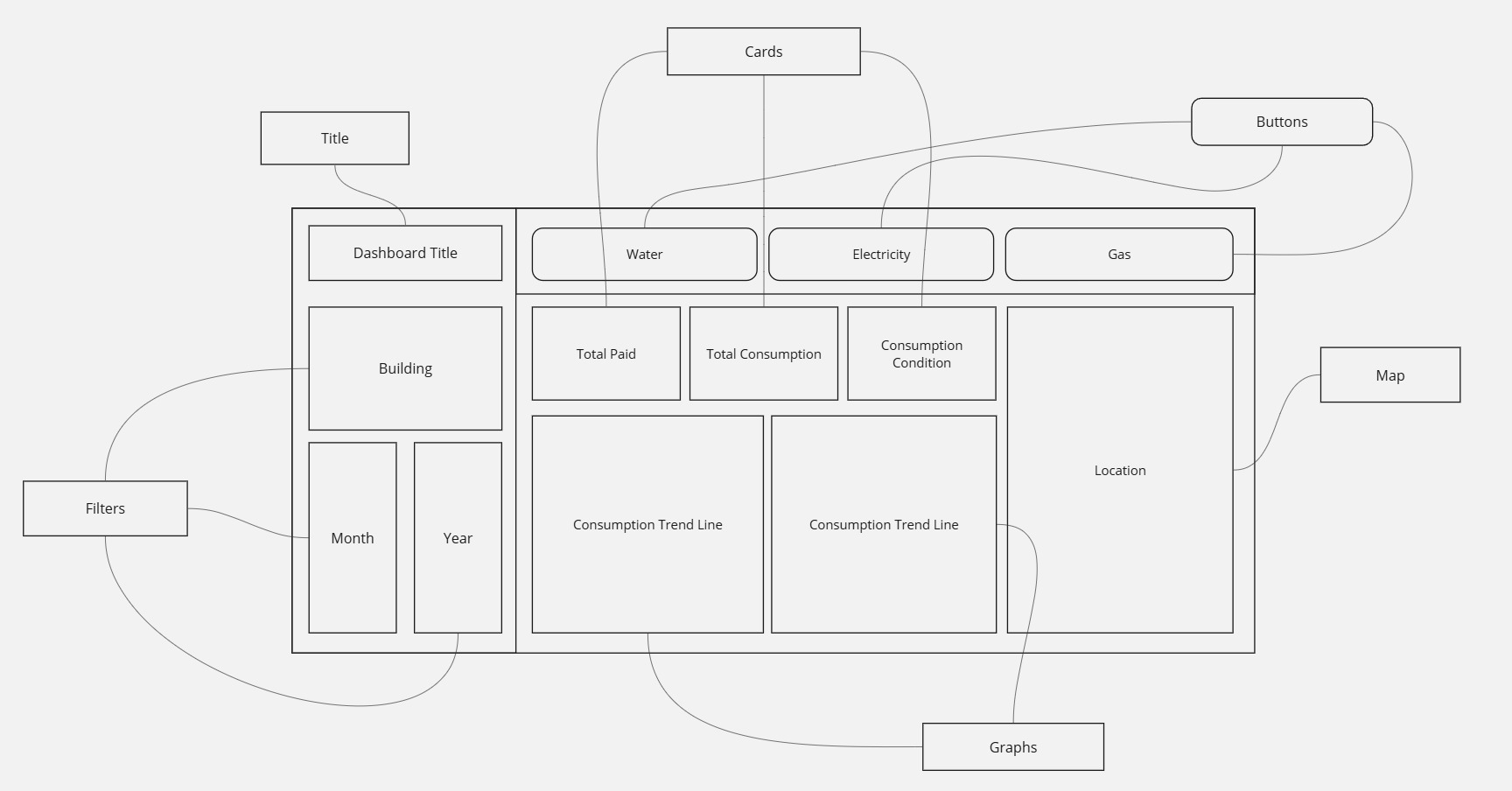
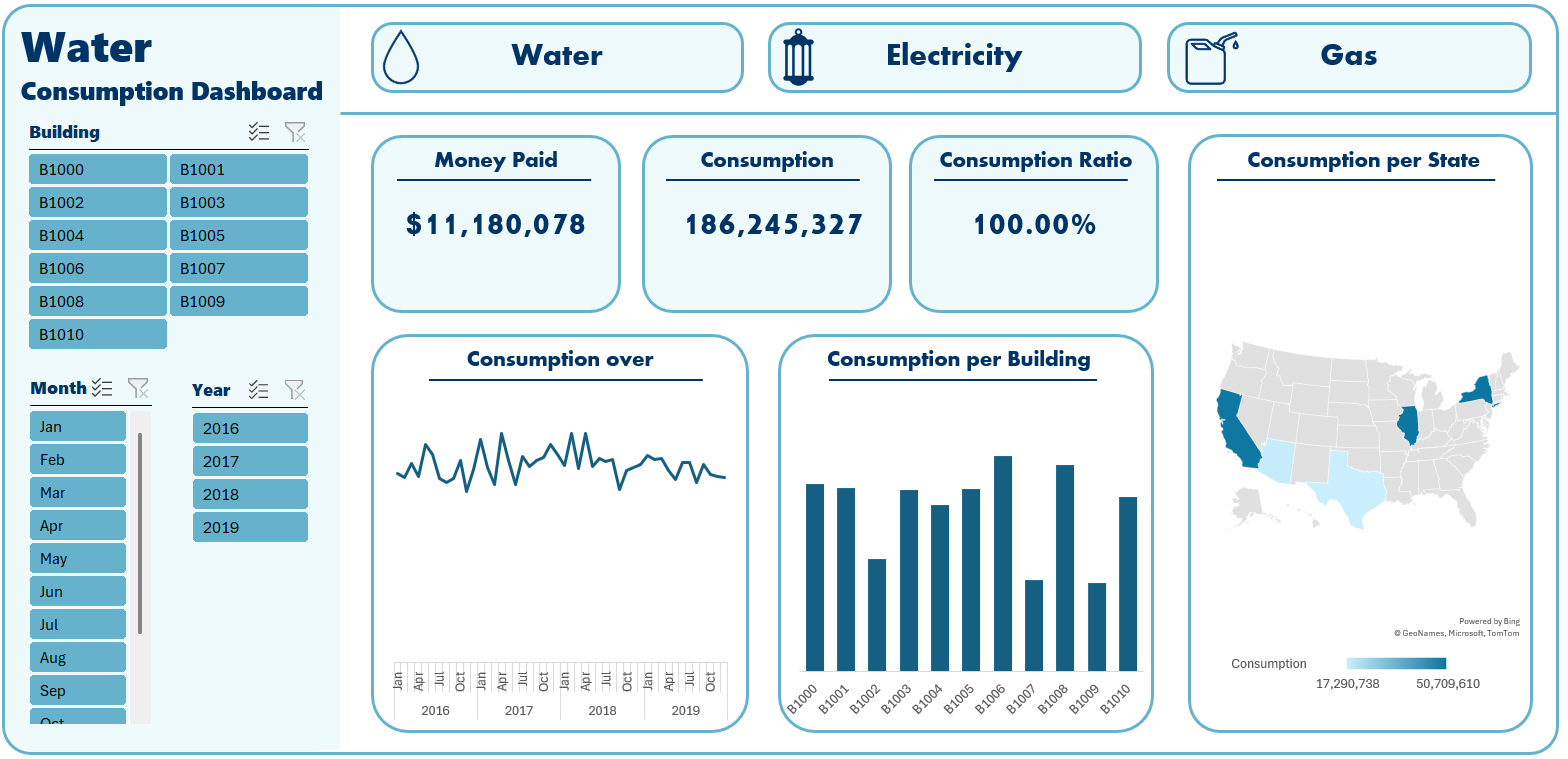
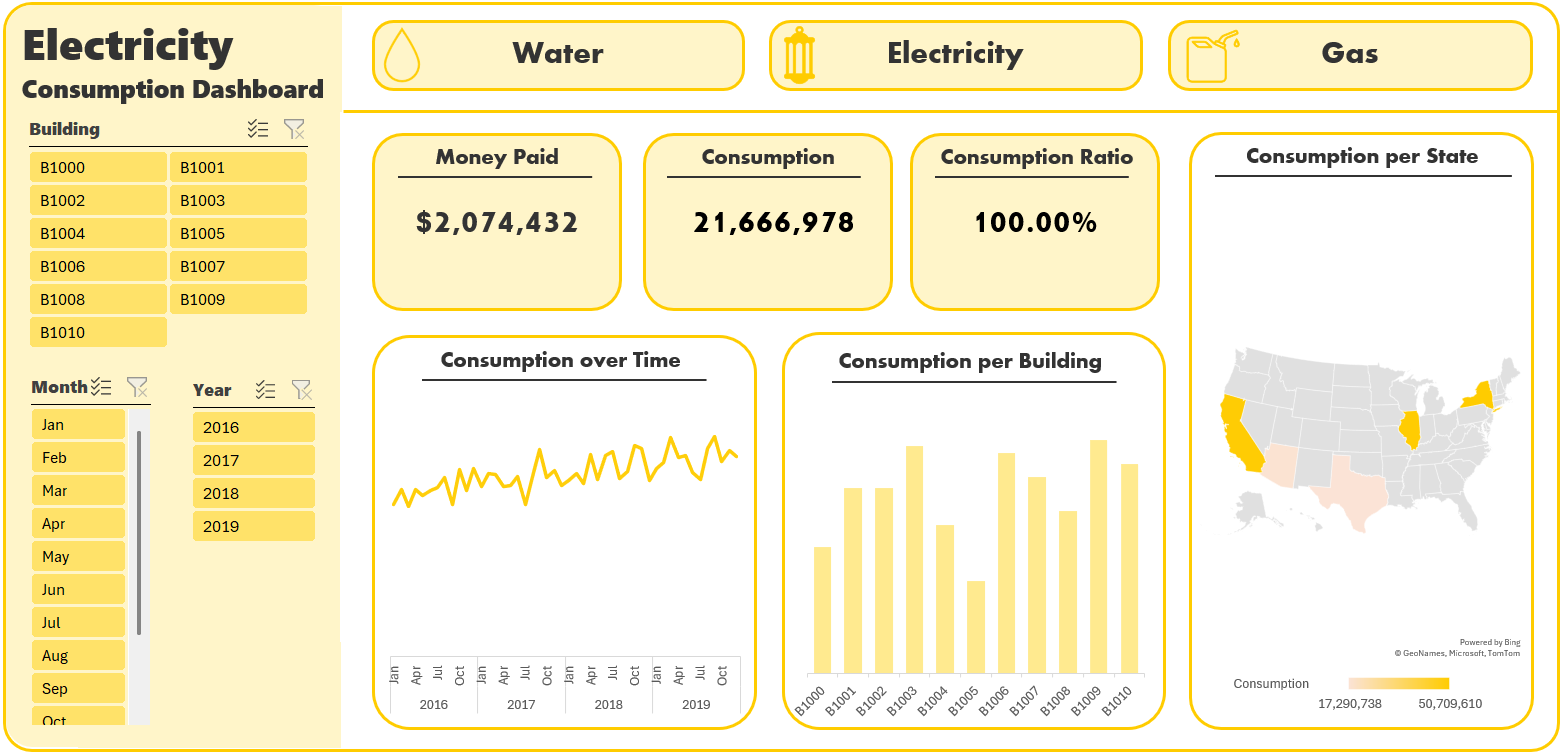
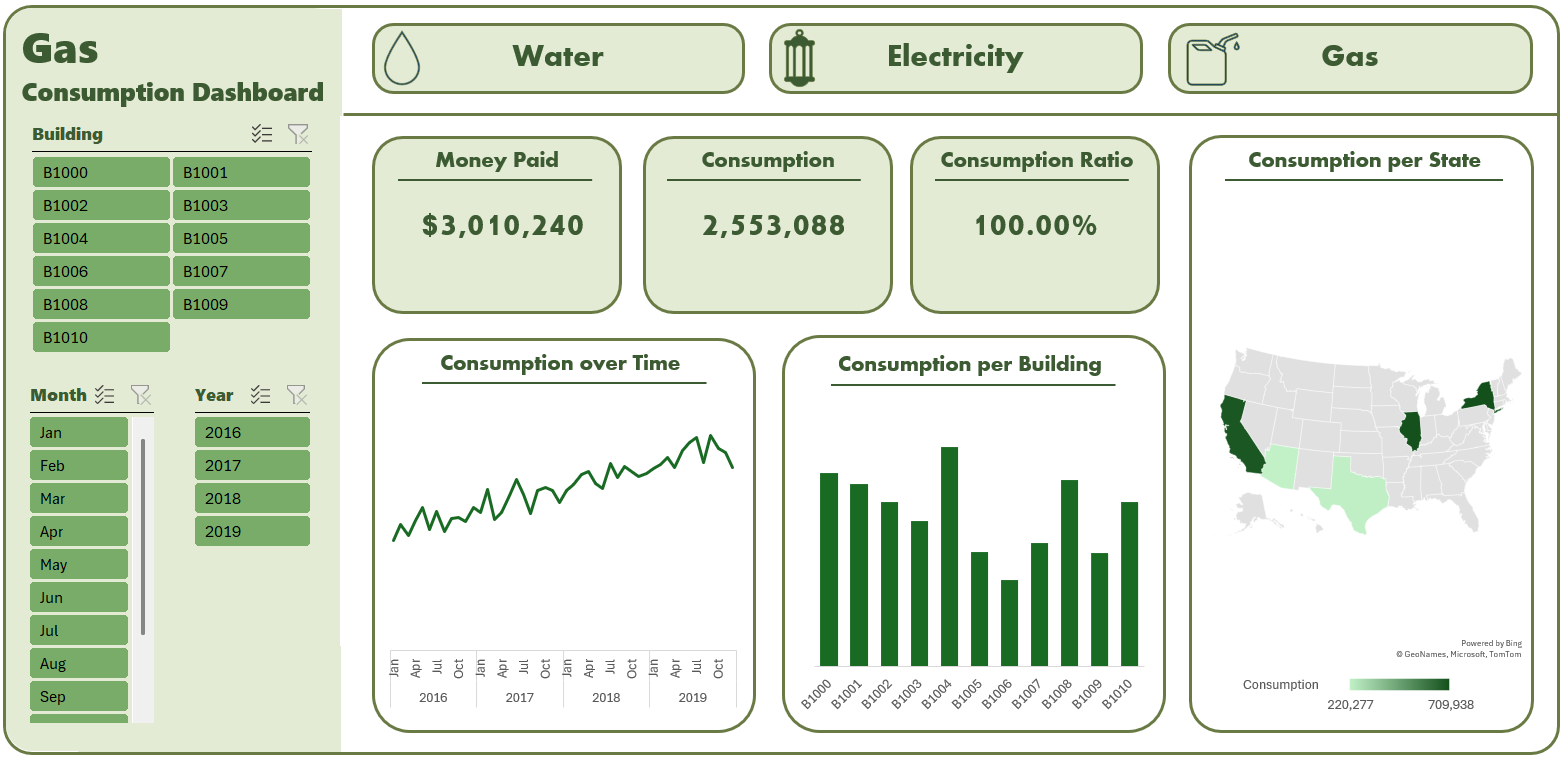


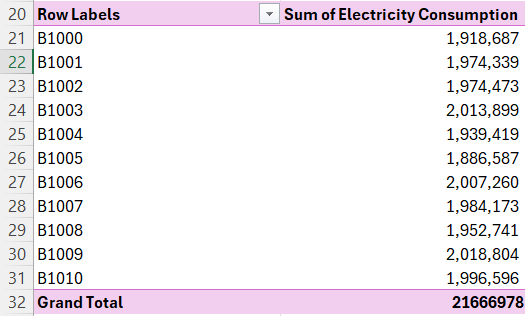

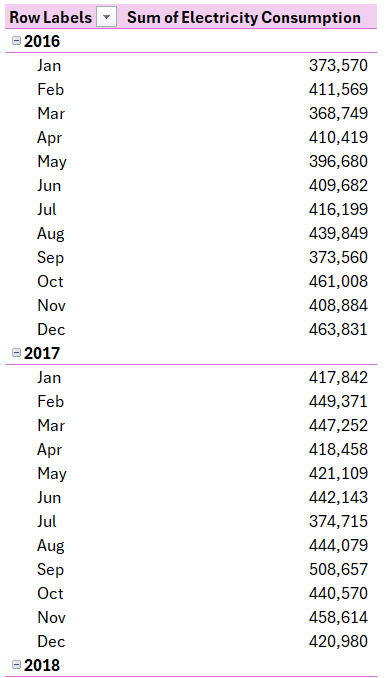
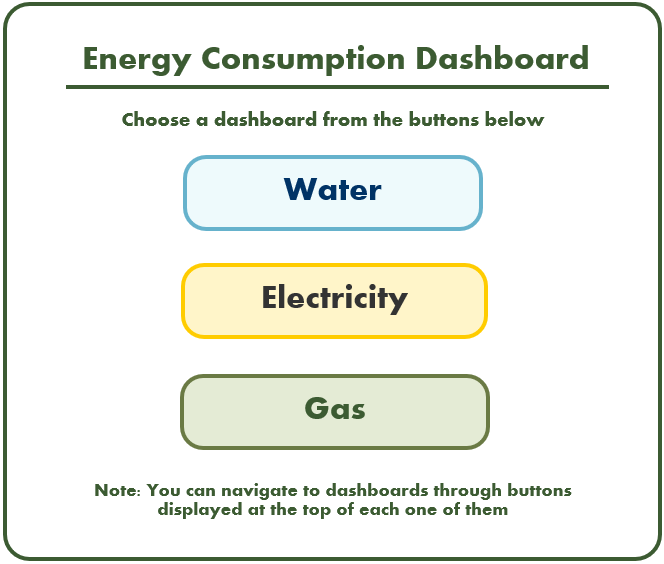

Take a look at the Energy Consumption Dashboard Video
This is a complete project of creating an interactive dashboard using a combination of the magic of SQL, Excel and Power Pivot. The dataset used is a real world data of the consumption of energy of 11 buildings distributed in 5 states of the USA along 4 years (2016-2019). The goal was creating a dashboard that shows a bunsh of info about the conumption of (Water, Electricity and Gas) of these buildings. The task was to answer some question and draw some charts to visualize and summarize the data:
- What is the total price paid per element?
- What is the total consumption per element?
- What is the ratio of consumption among buildings?
- A trend line chart of consumption.
- A column chuart of buildings consumption
- A map chart of consumption per state
Having aquired these tasks, I headed to my preferred white board website Miro and initiated designing the UI of the needed dashboard
erDiagram
building_mastery {
varchar building PK
varchar city
varchar county
varchar state
}
consumptions {
date date
varchar building FK
integer water_consumption
integer electricity_consumption
integer gas_consumption
}
rates {
integer year
varchar energy_type
money price_per_unit
}
water_consumption_summary {
varchar Building
integer Water_Consumption
money Price
varchar City
date Date
}
electricity_consumption_summary {
varchar Building
integer Electricity_Consumption
money Price
varchar City
date Date
}
gas_consumption_summary {
varchar Building
integer Gas_Consumption
money Price
varchar City
date Date
}
building_mastery ||--o{ consumptions : has
consumptions }|--|| water_consumption_summary : generates
consumptions }|--|| electricity_consumption_summary : generates
consumptions }|--|| gas_consumption_summary : generates
rates ||--|{ water_consumption_summary : calculates_price
rates ||--|{ electricity_consumption_summary : calculates_price
rates ||--|{ gas_consumption_summary : calculates_price
Before we dive into the querying phase we have a very improtant question. Why the use of SQL database while we can handle the data using a simple Excel workbook?
Well, let’s suppose we have a bigger size of data that can’t be handled with Excel sheets, as the total number of rows that Excel can handle is 1,044,000 rows That’s not enough for big data querying, so that’s why SQL databases are efficient in managing the data. We can connect them to whatever software we use to visualize our insights, whether Excel, Power BI, or Tableau.
- Created a new database into my local PostgreSQL:
CREATE DATABASE energy;
- Created the three tables in the dataset and imported thier values using
COPY,FROMcommands:CREATE TABLE consumptions ( date DATE, building VARCHAR(10), water_consumption INT, electricity_consumption INT, gas_consumption INT ) COPY consumptions (date, building, water_consumption, electricity_consumption, gas_consumption) FROM 'C:\Mine\DEPI\Projects\Energy Consumption Dataset\consumptions.csv' DELIMITER ',' CSV HEADER CREATE TABLE building_mastery ( building VARCHAR(10) PRIMARY KEY, city VARCHAR(25), county VARCHAR(10) ) COPY building_mastery (building, city, county) FROM 'C:\Mine\DEPI\Projects\Energy Consumption Dataset\building_master.csv' DELIMITER ',' CSV HEADER CREATE TABLE rates ( year INT, energy_type VARCHAR(50), price_per_unit MONEY ) COPY rates (year, energy_type, price_per_unit) FROM 'C:\Mine\DEPI\Projects\Energy Consumption Dataset\rates.csv' DELIMITER ',' CSV HEADER; -- :D
- I had to assign the
buildingcolumn as a foreign key so I altered the table:ALTER TABLE consumptions ADD CONSTRAINT fk_building FOREIGN KEY (building) REFERENCES building_mastery (building);
- I decided that the best way to visualize the data as ordered is to create 3 views that will further be imported into Excel, and they were:
- gas_consumption_summary
CREATE VIEW gas_consumption_summary AS SELECT building AS "Building", gas_consumption AS "Gas Consumption", CASE WHEN EXTRACT(YEAR FROM date) = g.year THEN price_per_unit * gas_consumption END AS "Price", city AS "City", date AS "Date" FROM consumptions JOIN building_mastery USING(building) JOIN (SELECT * FROM rates WHERE energy_type = 'Gas') AS g ON g.year = EXTRACT(YEAR FROM date);
- electricity_consumption_summary
CREATE VIEW electricity_consumption_summary AS SELECT building AS "Building", electricity_consumption AS "Electricity Consumption", CASE WHEN EXTRACT(YEAR FROM date) = e.year THEN price_per_unit * electricity_consumption END AS "Price", city AS "City", date AS "Date" FROM consumptions JOIN building_mastery USING(building) JOIN (SELECT * FROM rates WHERE energy_type = 'Electricity') AS e ON e.year = EXTRACT(YEAR FROM date);
- water_consumption_summary
CREATE VIEW water_consumption_summary AS SELECT building AS "Building", water_consumption AS "Water Consumption", CASE WHEN EXTRACT(YEAR FROM date) = wr.year THEN price_per_unit * water_consumption END AS "Price", city AS "City", date AS "Date" FROM consumptions JOIN building_mastery USING(building) JOIN (SELECT * FROM rates WHERE energy_type = 'Water') AS wr ON wr.year = EXTRACT(YEAR FROM date);
NPGSQL provides a great environment that allows us to create a connection beween PostgreSQL and Excel with whom we can use it to easily import the data as connection (and transform it if needed using Excel Power Query).
The next mentioned steps are in Microsoft Excel:
- Get Data > FROM ODBC.
- Choose the connection setup in NPGSQL.
- Select the views created in the sql database to be the main tables loaded into excel.
- Load the data by pressing load button.
- The data will the be loaded as connections.
Take a look at the data in Power Pivot data model. One of the items needed can’t be performed without the use of Power Pivot and DAX which is Consumption Ratio. So I created 3 Power Pivot measures for the 3 tables mentioned as follows:
- GasConsumptionRatio
GasConsumptionRatio:=DIVIDE( SUM(gas_consumption_summary[Gas Consumption]), CALCULATE( SUM(gas_consumption_summary[Gas Consumption]), ALL(gas_consumption_summary[Building]), ALLSELECTED(gas_consumption_summary[Date (Year)]), ALLSELECTED(gas_consumption_summary[Date (Month)]) ),0) - ElectricitConsumptionRatio
ElectricityConsumptionRatio:=DIVIDE( SUM(electricity_consumption_summary[Electricity Consumption]), CALCULATE( SUM(electricity_consumption_summary[Electricity Consumption]), ALL(electricity_consumption_summary[Building]), ALLSELECTED(electricity_consumption_summary[Date (Year)]), ALLSELECTED(electricity_consumption_summary[Date (Month)]) ),0) - WaterConsumptionRatio
WaterConsumptionRatio:=DIVIDE( SUM(water_consumption_summary[Water Consumption]), CALCULATE( SUM(water_consumption_summary[Water Consumption]), ALL(water_consumption_summary[Building]), -- Remove filters on Building ALLSELECTED(water_consumption_summary[Date (Year)]), -- Keep slicers for Date (Year) ALLSELECTED(water_consumption_summary[Date (Month)]) -- Keep slicers for Date (Month) ),0)
There was actualy an additional step while I was preparing the data. Microsoft Excel doesn’t recognise the cities name to visualize them into a map chart, so I had to get back to the SQL database to setup the states names to each city mentioned in the building_mastery, and here’s the SQL code
ALTER TABLE building_mastery
ADD COLUMN state VARCHAR(50)
UPDATE building_mastery
SET state =
CASE
WHEN city = 'New York' THEN 'New York'
WHEN city = 'Chicago' THEN 'Illinois'
WHEN city = 'Houston' THEN 'Texas'
WHEN city = 'Phoenix' THEN 'Arizona'
WHEN city = 'Los Angeles' THEN 'California'
END;To answer the project related questions, and using the help of the connection created between Excel and PostgreSQL database it would be easy to summarize the dat using Excel Pivot Tables for the 3 tables in our database and here they are:
- Total price paid.
Finaly, I created three customized dashboards and a main page to navigate through the dashboards pages using buttons to provide the user with suitable and customized user experience, the dashboards include:
- Buttons with icons
- Cards
- Slicers
- Trend Line
- Column Chart
- Map Chart
Using the power of LLMs and Prompt Engineering, I asked the ChatGPT to create a VBA Code that creates macros that I can further assign to the shapes to navigate through the dashboards.
The purpose of this step is to create make a good visual of the dashboard to change the theme according to what the dashboard is showing
That’s that VBA code:
Sub GoToElectricityDashboard()
Sheets("Electricity Dashboard").Activate
End Sub
Sub GoToWaterDashboard()
Sheets("Water Dashboard").Activate
End Sub
Sub GoToGasDashboard()
Sheets("Gas Dashboard").Activate
End Sub
Sub GoToMain()
Sheets("Main").Activate
End Sub https://github.com/ahmedgalaaali/Energy-Consumption-Dashboard-SQL-Excel
https://github.com/ahmedgalaaali/Energy-Consumption-Dashboard-SQL-Excel











